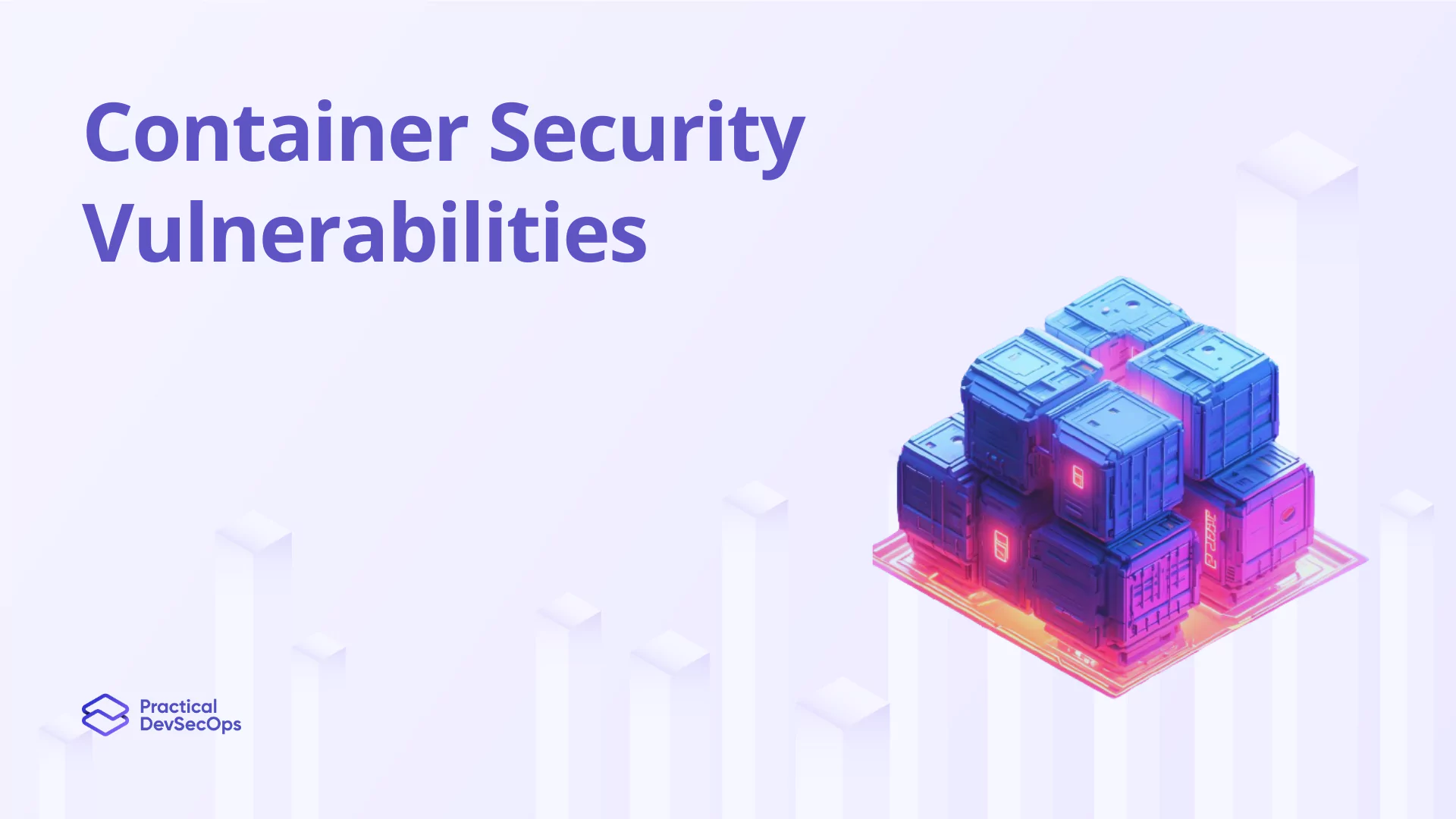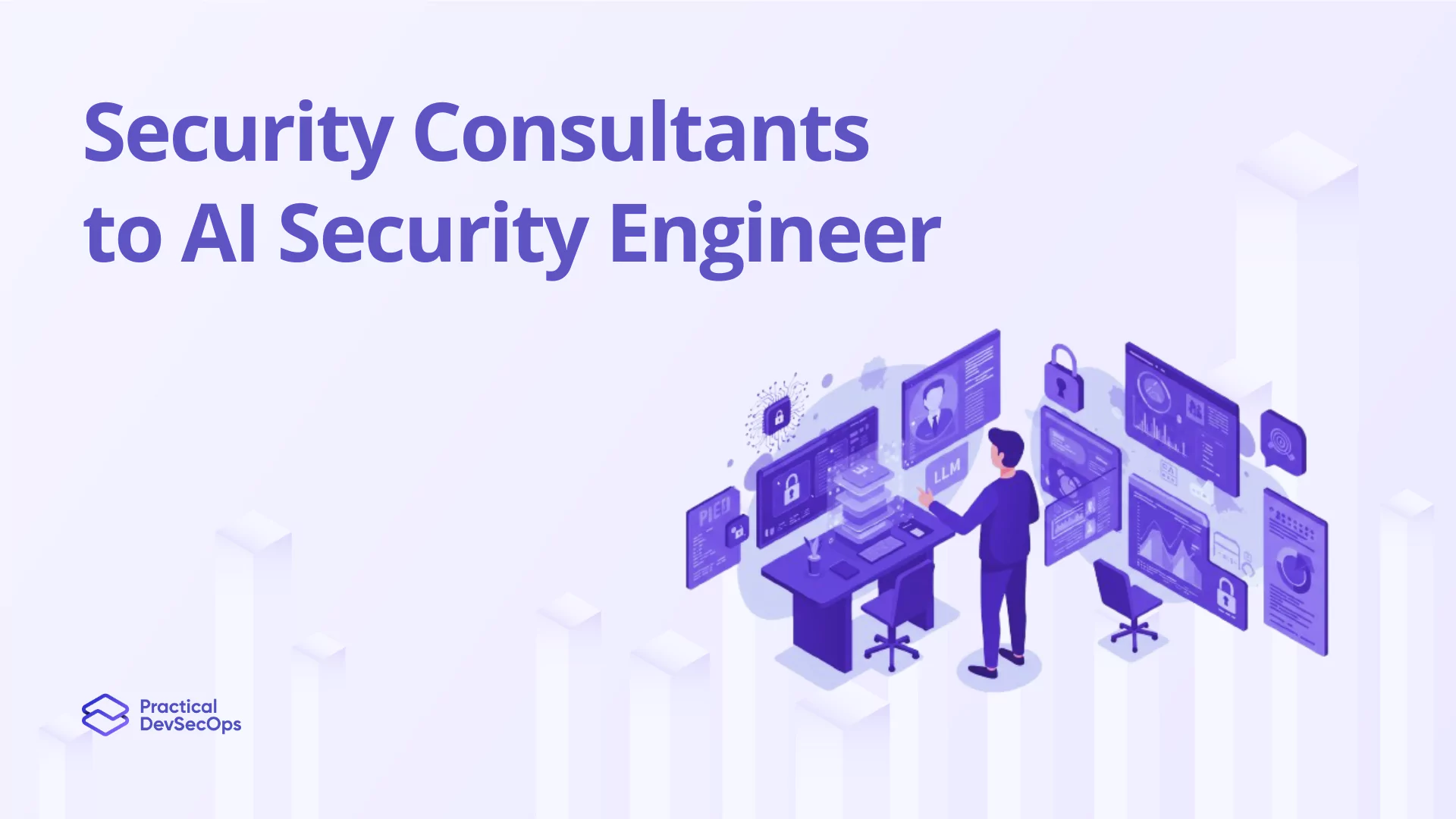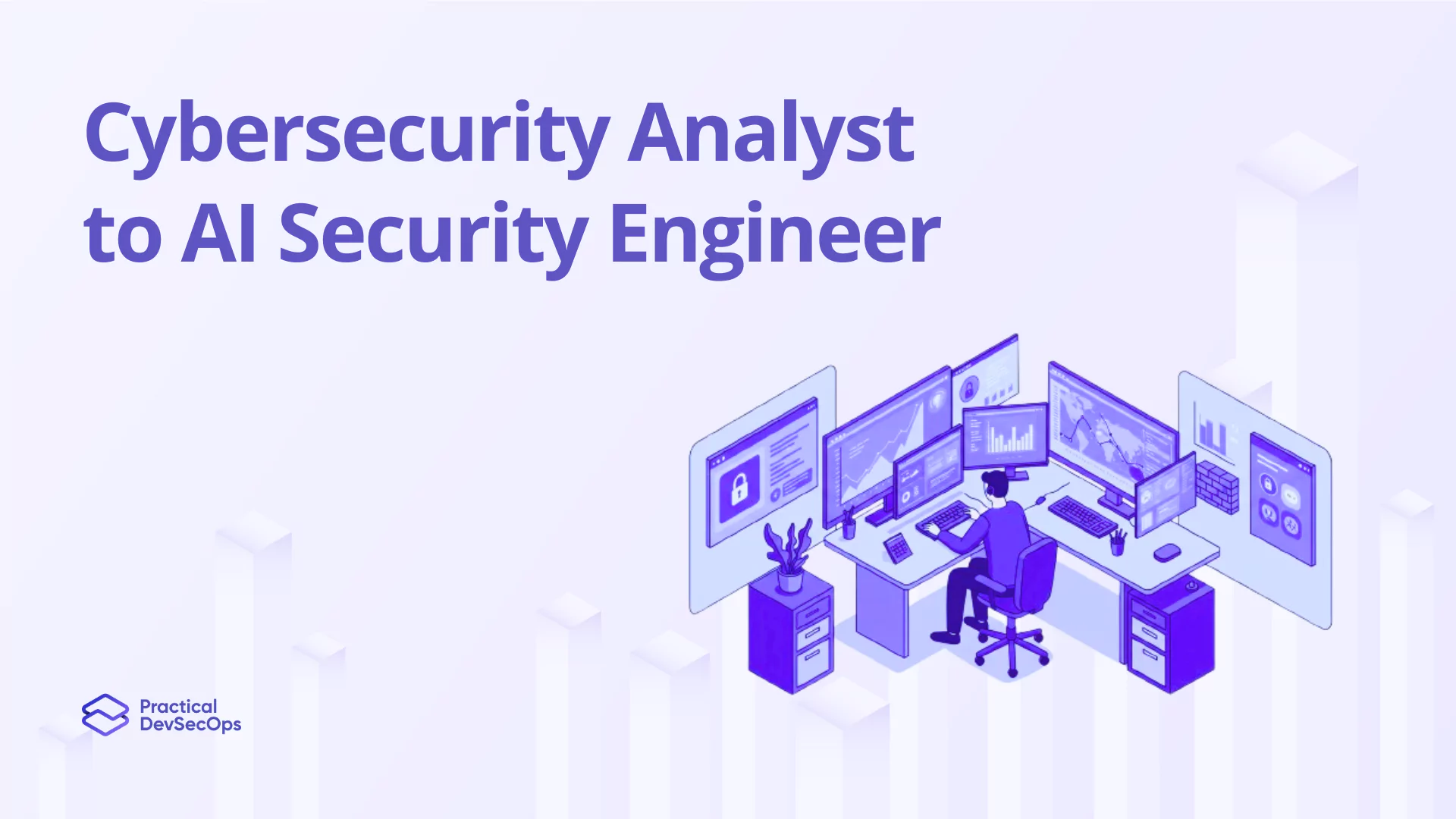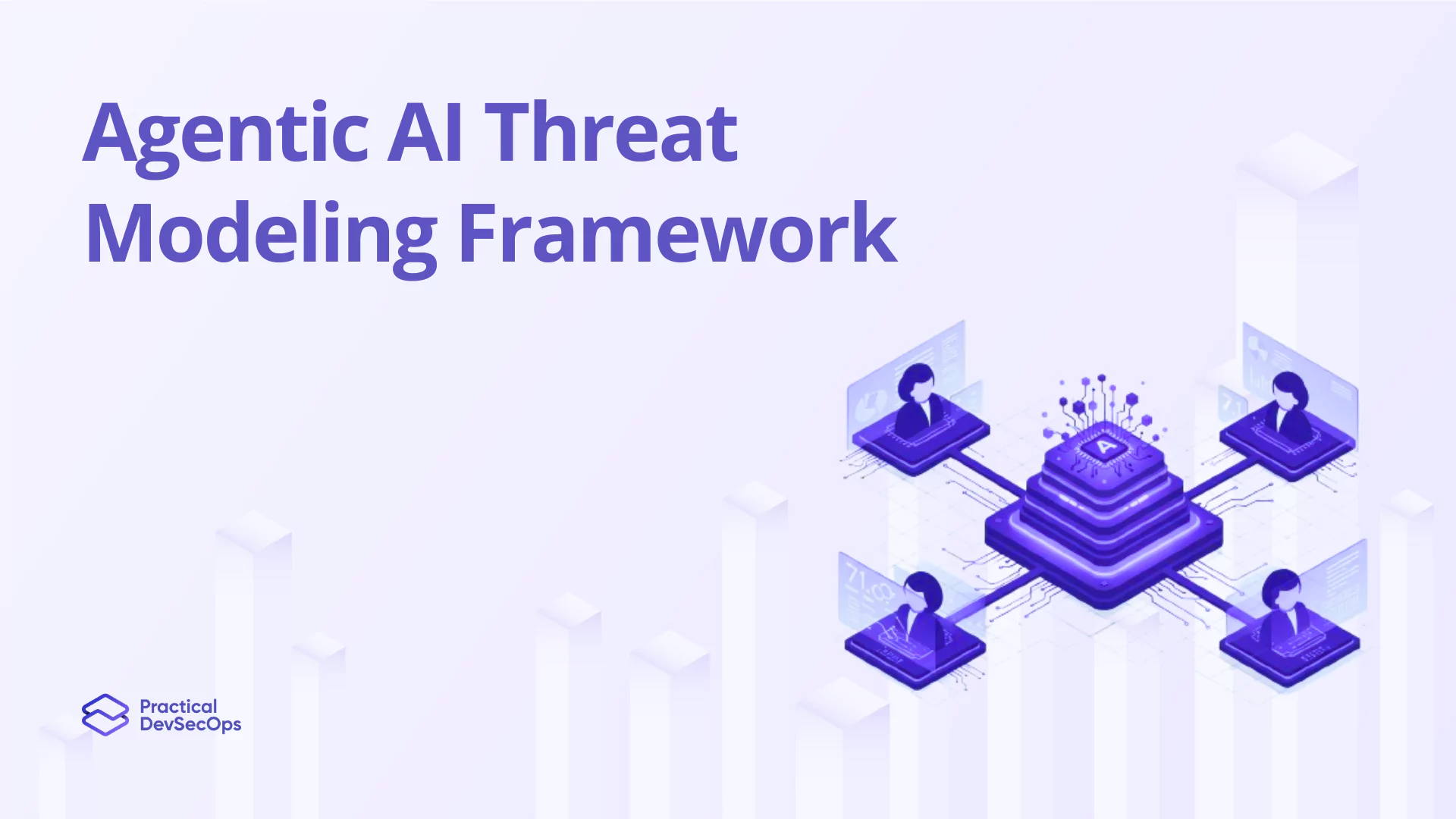Containers have revolutionized software deployment by providing a lightweight alternative to traditional virtualization. However, their growing popularity also makes them attractive targets for cyber-attacks. Understanding container security vulnerabilities is crucial for developers and security professionals aiming to protect their containerized environments. This blog details the most common security vulnerabilities found in container deployments and offers guidance on mitigating these risks.
Also read Why Container Security is Important
Top 9 Container Security Vulnerabilities
Misconfigured Containers
One of the most prevalent security issues in containerized environments is misconfiguration. This can range from improperly set network ports to default settings that are not secure. Misconfigurations can expose containers to unauthorized access and potentially compromise the entire container host.
Vulnerable Container Images
Containers are often built from base images that may contain vulnerabilities. Using outdated images or images downloaded from untrusted registries can lead to security breaches. Regularly scanning images for vulnerabilities and updating to secure, official versions is essential.
Also read Container Security Risks
Inadequate Container Isolation
Containers running on the same host may affect each other if proper isolation is not enforced. This lack of isolation can lead to resource abuse, container breakouts, and unauthorized access to host systems. Implementing strong isolation mechanisms is key to maintaining container security.
Secrets Management
Hard-coding sensitive data, like passwords, API keys, and tokens within container images or deployment scripts is a common vulnerability. Exposure of such secrets can lead to data breaches and system compromises. Using secure secrets management tools and practices is vital for protecting sensitive information.
Also read Container Security Tools
Insecure Networking
Containers often communicate over networks configured by default settings, which may not be secure. Insecure networking can expose sensitive data and allow attackers to intercept or reroute traffic. Employing network policies and encryption can safeguard communication between containers.
Insecure APIs
Containers and orchestration tools often expose APIs for management purposes. If these APIs are not secured, attackers can manipulate the container environment. Securing APIs with authentication, authorization, and encryption is crucial for preventing unauthorized access.
Also read Angling for a Pay Raise Upskill in Container Security
Privilege Escalation
Containers that are configured with excessive permissions can lead to privilege escalation attacks. Limiting container privileges to the minimum required and adhering to the principle of least privilege can greatly reduce the risk.
Unpatched Host OS and Components
The security of the host operating system and other components like the container runtime and orchestrator is critical. Unpatched vulnerabilities in these components can lead to severe security breaches. Keeping the host system and components up-to-date with security patches is necessary.
Also read Container Security Best Practices
Logging and Monitoring Failures
Adequate logging and monitoring are essential for detecting and responding to security incidents in container environments. Without proper logging, malicious activities may go unnoticed. Implementing comprehensive logging and monitoring strategies ensures visibility and security oversight.
Supply Chain Attacks in CI/CD Pipelines
Attackers target CI/CD pipelines to inject malicious code into container images. This can occur through compromised build tools, poisoned dependencies, or unauthorized access to integration environments, resulting in backdoored containers deployed into production. Verifying image integrity using signatures, cryptographic hashes, and tools like Anchore, Grype, or OpenSCAP ensures only trusted images are built and run.
Registry Misconfigurations and Insecure Pulls
Pulling images from public or unverified registries exposes containers to malware and vulnerabilities; misconfigured private registries can leak sensitive data and allow image tampering. Secure registries by enforcing authentication, access controls, regular audits, and secrets management. Restrict access using network rules and apply least-privilege principles to limit potential impact.
Over-permissioned Containers and RBAC Misuse
Assigning broad Kubernetes RBAC roles increases risk: a compromised or misassigned user may gain cluster-wide access, abuse sensitive resources, or orchestrate lateral attacks. Apply the principle of least privilege, grant only necessary permissions, segment access by namespace, and audit roles routinely to minimize security gaps and reduce attack surfaces.
Insufficient Runtime Protection
Static scans alone won’t detect threats that emerge after deployment, such as zero-day exploits or anomalous behaviors. Complement static scanning with runtime behavioral monitoring tools like Falco or AppArmor, which observe real-time container actions and alert on suspicious system calls or policy violations to catch advanced threats early.
Resource Hijacking and Cryptojacking in Containers
Attackers exploit misconfigured or vulnerable containers to hijack CPU/GPU resources for crypto mining or other abusive tasks. Detection strategies include monitoring for unusual resource consumption, analyzing network traffic for mining pools, and leveraging runtime monitoring tools to spot and shut down anomalous container operations promptly.
Data Persistence and Volume Security
Persistent volumes can become security blind spots, exposing sensitive data if improperly managed. Use encryption for data at rest, implement secure volume mounting practices, and avoid mounting sensitive directories with excessive permissions. Regularly audit volume configurations to ensure the integrity and confidentiality of persistent data.
Kubernetes clusters designed for multi-tenancy risk cross-tenant vulnerabilities if isolation breaks down. Use namespaces to logically separate workloads, enforce network policies for traffic segmentation, and implement strict RBAC to prevent privilege escalation between tenants. Continuous monitoring and policy enforcement are essential for safe multi-tenant operations.
Zero Trust Principles in Containerized Environments
Applying zero trust to containerized platforms means denying implicit trust everywhere: authenticate and authorize every request, enforce least-privilege access, and monitor all communications. Service meshes like Istio and Linkerd enable strong identity enforcement, encrypted communications, and fine-grained traffic policies for microservices, reducing the attack surface across Kubernetes and cloud-native stacks.
Common Attack Scenarios on Container Security
A common container security attack scenario is the exploitation of a misconfigured Kubernetes console. For example, in the Tesla breach, attackers found an unsecured Kubernetes dashboard with no password, gained access to the cluster, extracted credentials to cloud resources, and launched cryptocurrency mining workloads, consuming resources and risking sensitive data exposure. This incident demonstrates how weak access controls and exposed management interfaces can lead to both resource hijacking and data breaches in containerized environments.
Conclusion
Containers offer significant advantages in terms of efficiency and scalability, but they also come with unique security challenges. Addressing these common vulnerabilities through best practices and tools is crucial for safeguarding your containerized applications. Regular security assessments and embracing a security-first approach in container deployments are key strategies for maintaining robust security.
Elevate your container security by exploring the Certified Container Security Expert (CCSE) course offered by Practical DevSecOps. Enhance your understanding of container vulnerabilities and learn advanced techniques to secure your container environments effectively.
Also read Container Security Books
FAQ’s
What is an example of a container vulnerability?
A common container vulnerability is the insecure use of privileged containers. If a container runs with more privileges than it needs, it can expose the underlying system to security risks, such as unauthorized access or control.
How to scan a container for vulnerabilities?
To scan a container for vulnerabilities, you can use tools like Docker Bench for Security, Clair, or Trivy. These tools analyze container images and running containers to identify known vulnerabilities based on their components.
What is container threat detection?
Container threat detection involves monitoring containers for unusual activities or behaviors that could indicate a security threat, such as unauthorized access attempts, unexpected network traffic, or process deviations, often using automated security solutions.
Which is more secure, VM or Container?
Virtual Machines (VMs) generally provide more robust isolation due to the separation provided by the hypervisor. Containers, while efficient, share the host OS kernel, making them less isolated and potentially more susceptible to exploits if not properly secured.
Do containers provide security isolation?
Containers provide a level of isolation by separating processes and network resources. However, since containers share the host’s kernel, the isolation is not as strong as VMs, making them vulnerable if the container runtime environment is compromised.
What are the vulnerability statistics for containers?
Recent studies indicate that a significant percentage of container images contain vulnerabilities, often due to outdated libraries or insecure configurations. For example, reports often show that over 50% of Docker images contain critical vulnerabilities.
Is running containers as a privileged user security-sensitive?
Yes, running containers as a privileged user is considered a security risk because it grants the container access to system-level capabilities that can be exploited to perform malicious activities or escalate privileges on the host machine. It’s recommended to run containers with the least privilege necessary.
What are the most common container security risks today?
Major risks include insecure or outdated images, misconfigured runtimes or registries, exposed secrets, supply chain and registry attacks, overly permissive RBAC roles, container breakouts, weak runtime monitoring, and using untrusted public registries.
How do I know if my container is vulnerable?
Scan your container images regularly with tools like Trivy, Grype, or Clair to flag known vulnerabilities and misconfigurations. Moreover, monitor runtime behaviors for suspicious activities and automate these checks with your CI/CD pipeline.
Can containers be hacked? What does that look like?
Containers can be compromised through vulnerabilities or misconfigurations. Signs of a breach may include unexpected processes running inside a container, excessive resource consumption, or triggered alerts from security monitoring tools.
What tools can help secure Kubernetes containers?
- Vulnerability scanners: Trivy, Clair, Grype
- Runtime protection: Falco, AppArmor, StackRox
- Policy enforcement: OPA/Gatekeeper, Kyverno
- Secrets management: HashiCorp Vault, Kubernetes Secrets
Should I use public or private container registries?
Private registries are recommended for sensitive or proprietary workloads due to better control and security. If using public registries, always scan and verify images before deploying to avoid outdated or malicious content.
How do I securely manage secrets in containers?
Avoid hardcoding secrets in code or images. Instead, use solutions like Kubernetes Secrets or HashiCorp Vault with proper RBAC controls, automate secret rotation, and regularly audit access to sensitive information.
What’s the best way to apply the principle of least privilege in containers?
Grant only the minimal permissions necessary for users, pods, and applications. Use Kubernetes RBAC to tightly restrict access, segment roles by namespace, and audit permissions regularly to reduce risk.
What is the difference between static scanning and runtime protection in containers?
Static scanning identifies vulnerabilities and misconfigurations before deployment. Runtime protection tools monitor live containers for active threats and suspicious behavior. Both layers are vital: static scans catch known issues early, while runtime monitors detect live attacks.
Can I run AI/ML workloads securely in containers?
Absolutely. Ensure container images are up-to-date, secrets are protected, and resource limits are set. Use namespaces and network policies to isolate workloads, and monitor for abnormal GPU/CPU usage to prevent hijacking.
How does zero trust security apply to containerized environments?
Zero Trust means no implicit trust is granted to any component; each request between services is authenticated and authorized. Service meshes like Istio or Linkerd help enforce this model with encrypted, identity-driven connections and granular policy controls.
What are best practices for securing multi-tenant Kubernetes clusters?
Isolate workloads using namespaces, apply network policies to control traffic flow, and enforce strict RBAC for resource access. Continuously monitor for cross-tenant activity to detect and prevent privilege escalation or data leaks.
What are the risks of using outdated or unverified base images?
They often contain unpatched vulnerabilities and potentially embedded malware, which increases the attack surface. Always choose official, well-maintained images and regularly update them with new security patches.
How do supply chain attacks affect container security?
Attackers may compromise images or dependencies during your software lifecycle, leading to the deployment of malicious containers, data leaks, or unauthorized access. Secure CI/CD pipelines and validate images at every stage.
What is the role of runtime threat detection tools like Falco?
Falco and similar tools monitor containers in real time for suspicious behavior, policy violations, or exploits not detectable by static scans. These tools raise alerts for fast incident response and help catch advanced persistent threats.
How do I ensure compliance with container security standards (like CIS Benchmarks or NIST)?
Automate compliance scans using tools such as Trivy or Aqua. Regularly audit your container and Kubernetes configurations against established security benchmarks, and ensure issues are remediated through continuous monitoring and policy enforcement.




